By continuing “To live in harmony with individuals and society and to put smiles on people's faces by
continuously creating living spaces of comfort and enrichment” and convey trust and excitement to customers
around the world and contribute to the creation of a prosperous society.
Toward Creating Social Value Through Our Products
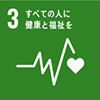
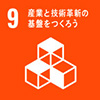
The automobile industry in the midst major transformation is undergoing changes in various aspects such as the
environment, safety, and economy. In terms of ‟environment‟, technological development and material development are
progressing to reduce CO2 emissions, which is one of greenhouse gases, and efforts are being made to achieve the
SDGs. In terms of “safety,” safe driving support technology that prevents accidents by acquiring
information related to vehicle and road conditions with sensors has been evolving rapidly. In terms of
“economic ”, a business models that provide new value and services by collecting, accumulating, and
analyzing data acquired while moving via networks are being considered. In such a major transformation, it is
predicted that the way of spending time in the car cabin will change in the future. We believe that car
transportation will no longer be a mere means to travel, and the “offered value” and
“appeal” required of automobiles will change as well. We hope that we can meet the expectations of a
changing society by “enhancing experience values in vehicle cabin space” for various ways of time usage
and are strengthening technological development in the following areas
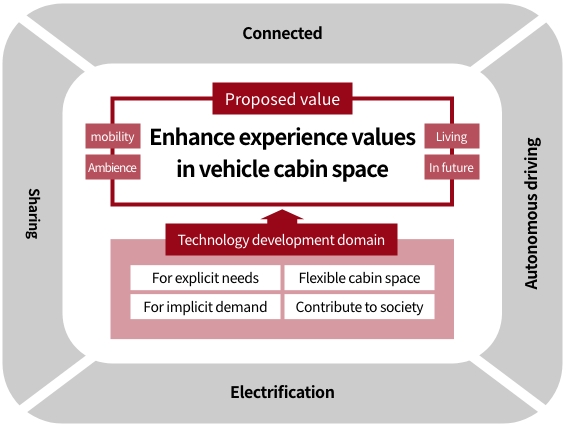
- “Pursuit of Seating”: For explicit needs and implicit demand, Body sensing, SW-less, anticipatory support
- “Supporting people”: For flexible cabin space, Easy space arrangement, privacy-friendly
- “Supporting the Earth”: To contribute to society, Environmental technologies and plant-derived materials
Examples of products that create social value
The “TTK Series” contributes to weight reduction
As a carbon-neutral initiative we are working to reduce the weight of seats and adopt a method that emits less
CO2.
The seat frame "TTK2.0 Kai Frame" developed by our company adopts a newly developed manual slide rail while
maintaining and improving the safety and functionality of the product. We have reduced the number of parts by 30%
and the weight of the product by 15%. In addition, we have adopted laser welding fastening, which is the first
adoption for us, to reduce processing costs and CO2 emissions.
This product has been adopted in mass-produced models after 2021 in Japan and Thailand.
We are developing new frame that is applied laser welding more and reduce part thickness to contribute to carbon
neutrality , to mass-produced vehicles after 2023.
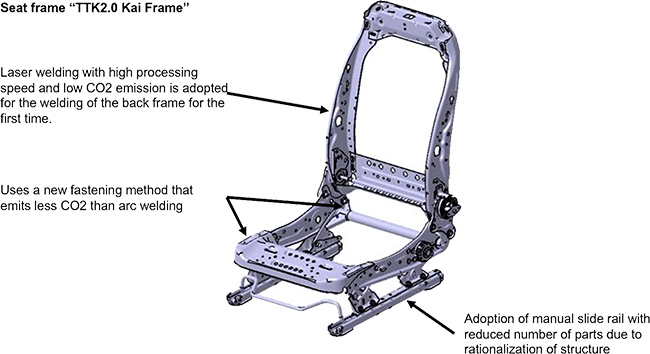
Developer’s voice
Hisayuki Yoshizawa, Section Manager, Product Design Section
“TTK 2.0 Kai” is a new Tachi-s proposed frame (TTK) using laser welding for the back frame and a
new fastening way for the cushion frame , to emits less CO2.
In the development phase, it was difficult to achieve compatibility in safety performance and marketability,
and to stabilize laser weld quality. Professionals from the development and production departments worked in
one-team to meet requirements different from before and cleared performance, commerciality, and productivity
targets. I think it is a frame that gathers everyone's strength. Even in an epidemic of COVID-19, the team
worked together positively and completed development.
This FRM is a new way of producing. Based on this, we will develop more advanced seats.
“Mobile My Room” concept for next generation vehicles
TACHI-S, as a space producer, is now trying to create values that focus on experience values though mobility and
seat -centered in-vehicle space. One of those studies is the “Mobile My Room” concept to address usage
for CASE. The single word for this concept is “1+α”. “1” expresses the current or
daily situation and is added with “+α”. Something will be “+α” dependent on
each life-style. In-vehicle space around seats, we think that this “+α” is offered to users, is
co-created with users.
- Mobile My Room for owners
- Space mainly for desk work
Such as work, study and sometimes take a break…
Place where you can concentrate on work.
- My Room +α
- Space for meeting with close friends / As a means of travel and also a room while traveling.
- Mobile living room for family
- Space to spend time with children without having worry about surroundings.
Place as second living room.
- Atelier for owner
- Personally specified room to immerse yourself in hobbies
(Secret base?)
Developer’s voice
Kouhei Yasuda, Advanced Development Technology Planning Department, Development Planning and
Styling Development Section
In conjunction with reconsidering the whole concept of automobile seats, we had studied in-vehicle space to
meet various life-style in CASE era. By eliminating as much as possible elements which recall conventional
in-vehicle space, we believe that we could propose new value as you could feel having another room.
We will continue to study, propose and develop attractive in-vehicle space by being with users in the future.
The "Glue Anchor®" that contributes to design freedom and the environment
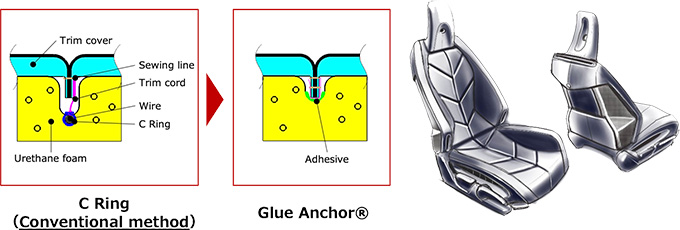
We have succeeded in mass-producing the technology "Glue Anchor ®" that can contribute to the improvement of
design freedom and the global environment. This Glue Anchor® is a technology that glues the sewing line of the
trim cover directly to the urethane foam.
With conventional technology, it was not possible to express unevenness by joining complicated sewing lines to
urethane foam due to manufacturing restrictions, but this technology has made it possible. In addition, while the
conventional technique used point joining, this technology uses line joining. By joining with lines, it has become
possible to achieve stable and uniform unevenness up to the terminals where the sewing lines intersect.
In terms of the environment, reducing the weight of seats has become a major proposition in these days when CO2
emissions are required to be reduced. This technology can make urethane foam thinner than conventional technology
and contributes to weight reduction of seats. In addition, this technology is a resource-saving (lightening)
technology that can reduce the use of iron and resin compared to the conventional method.
Developer’s voice
Makoto Arai, Section Manager, Production Engineering Department
The "Glue Anchor®" is a joining technology of urethane foam and trim cover of TACHI-S Only One, which is
based on the existing technology and adds new elements to the essence. We firmly retained the idea that we
value in the know-how cultivated by the conventional construction method, and boldly innovated the part to be
changed to establish the technology. Although there were some difficulties in the development stage, we were
able to successfully complete the development and deliver it to our customers as the world's first technology.
“Dialysis exercise therapy equipment” contributes to nursing care and welfare
TACHI-S H&P Co., Ltd., is our group company, is engaged in the nursing care and welfare products business. It
uses its knowledge as a seat manufacturer with the corporate objective of contributing to the improvement of welfare
in an aging society.
One of the products TACHI-S H&P has developed is the “Dialysis exercise therapy
equipment.”
Dialysis is standardized to be performed 4 hours/treatment, 3 times/week. Patients should avoid physical weakness
and muscle loss caused by prolonged hemodialysis treatment. The use of this product as an aid in dialysis exercise
therapy will improve the efficiency of dialysis and the quality of life of patients. This is the reason why we have
developed this product. This product is designed so that you can exercise in a limited space by attaching it to your
bed or table.
Developer’s voice
Satoshi Hashimoto, Subsection Supervisor, Technical Department, TACHI-S H&P
The dialysis exercise therapy equipment is a product that is being developed based on the needs of
facilities. The need for exercise therapy is increasing due to the recent revision of reimbursement and the
increase in the average age of dialysis patients. We would like to promote the development of this product to
improve the efficiency of dialysis and life expectancy of patients. In the future, we aim to provide products
that satisfy both facilities and patients by verifying the effectiveness of our products and improving them
with the cooperation of facilities.